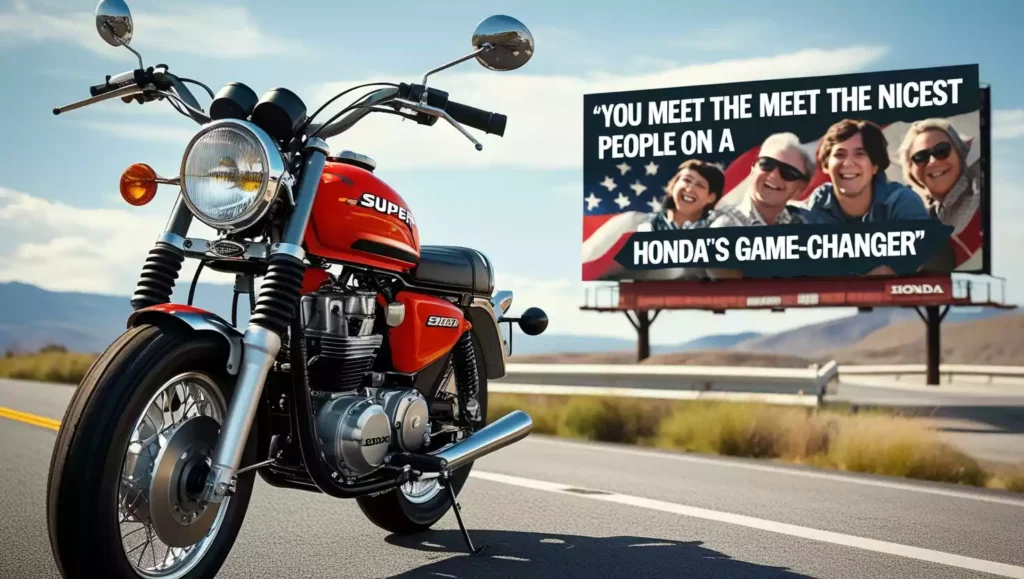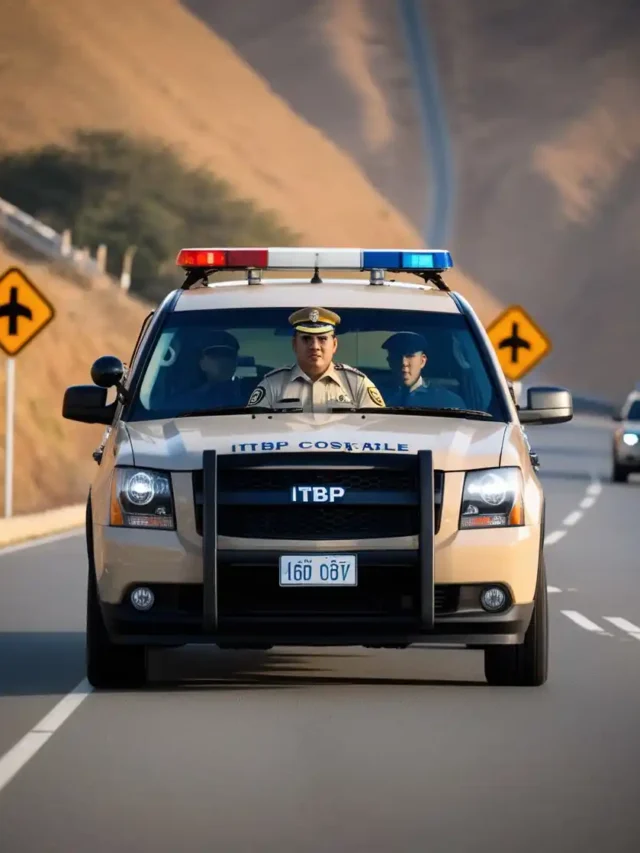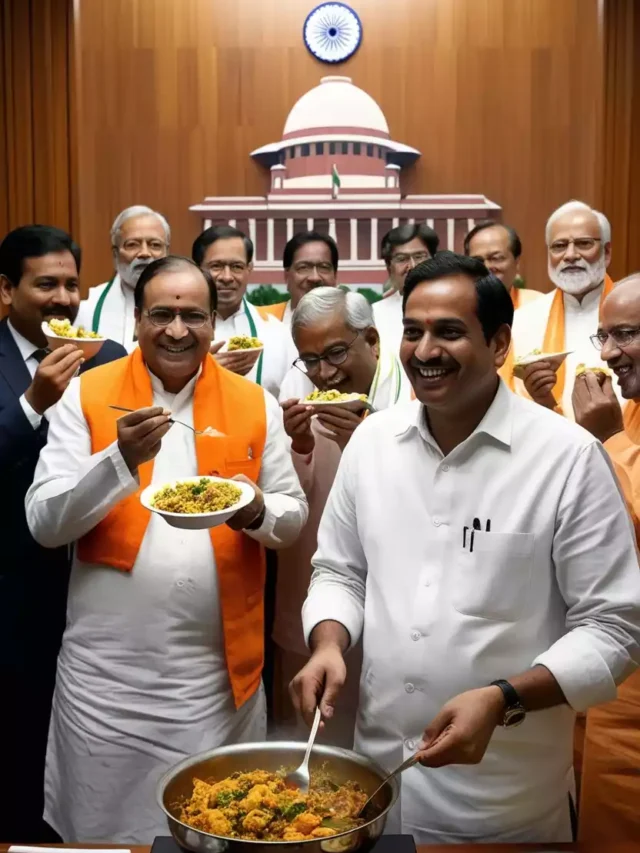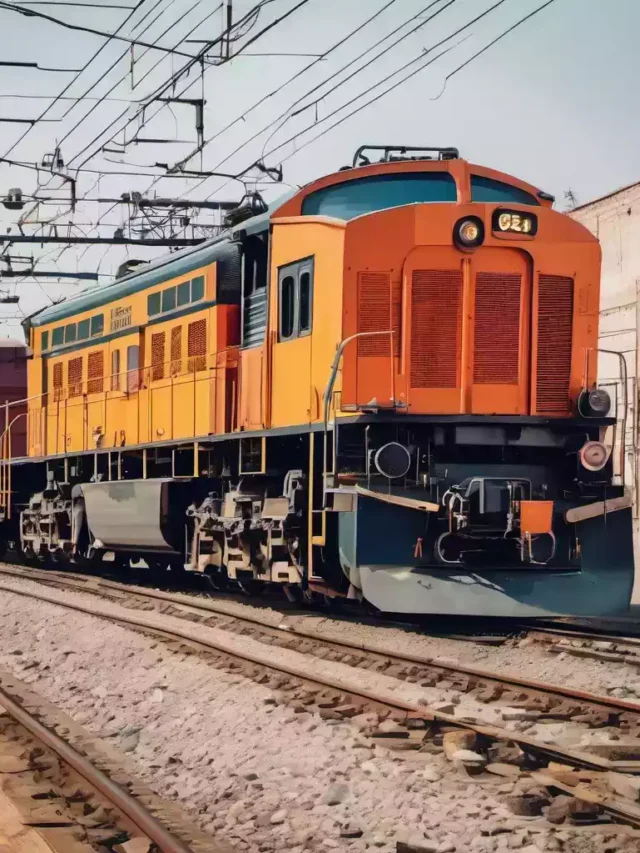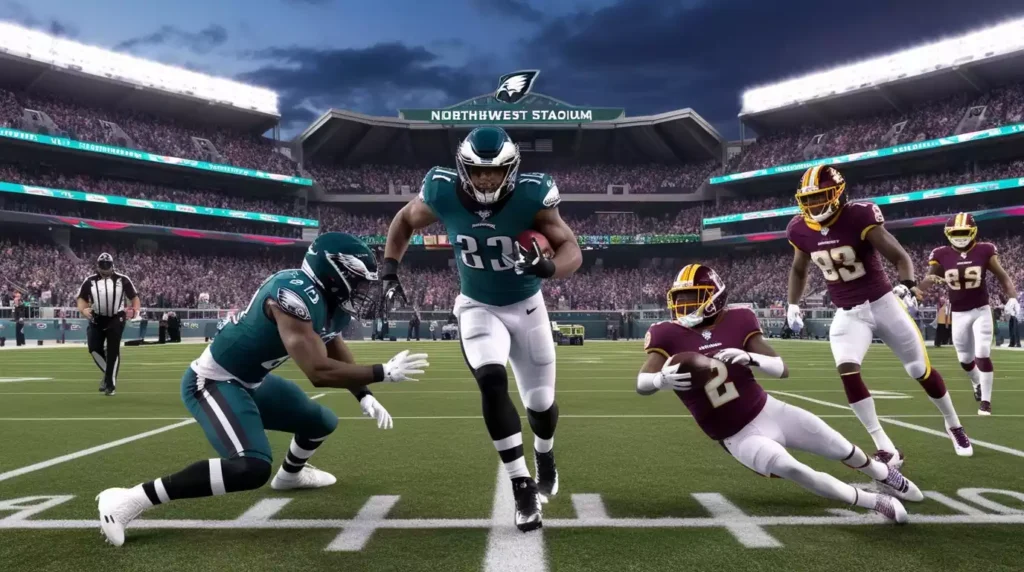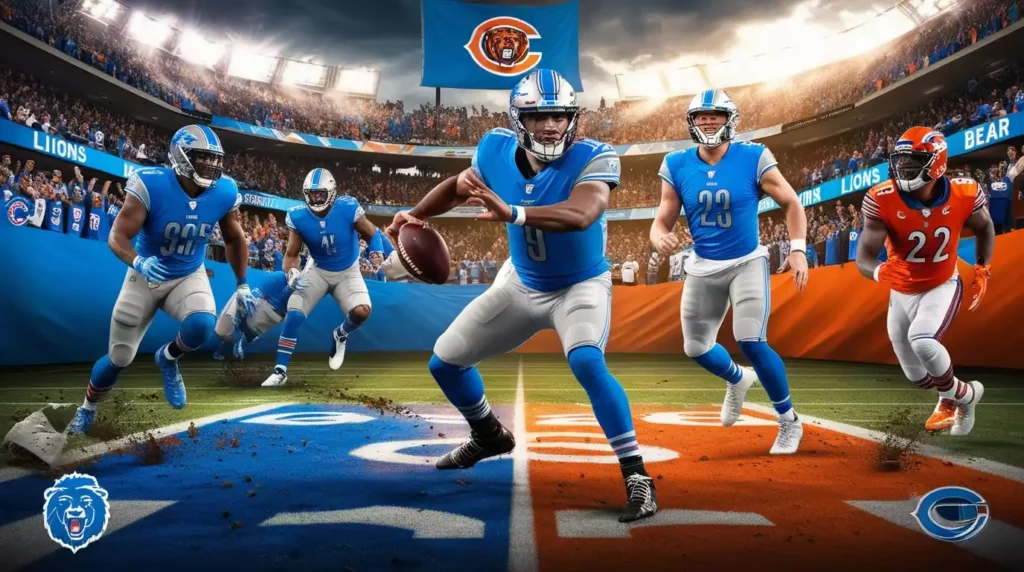The Iconic Volkswagen Beetle: A Legacy in Numbers
Over the past 65 years, Volkswagen has manufactured more than 23 million air-cooled Beetles. Since 1977, the Ford F-Series has held the title of America’s best-selling pickup truck, with over 40 million units produced. Meanwhile, Toyota’s Corolla has surpassed 43 million sales across its 11 generations.
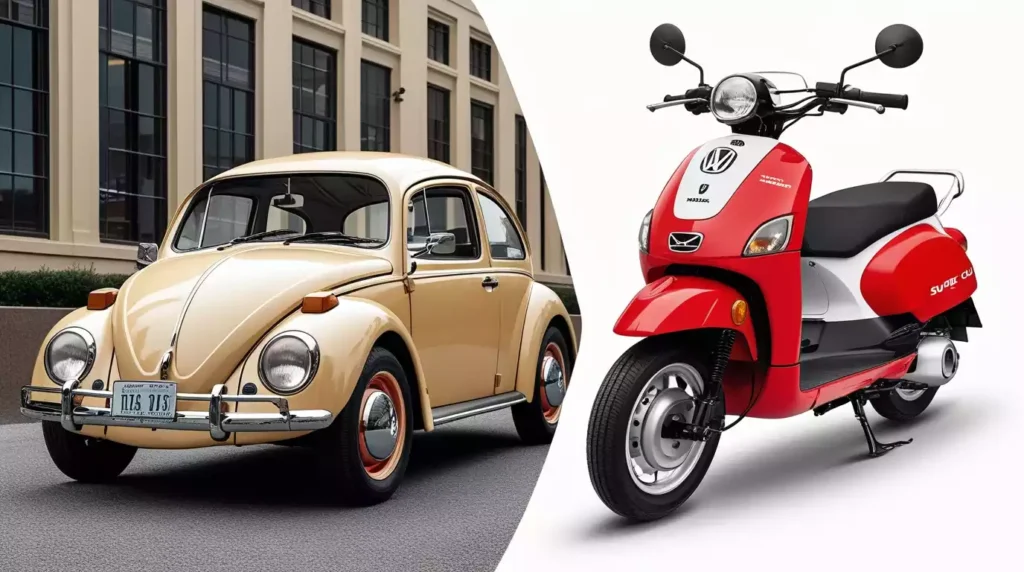
Honda’s Super Cub: The King of Combustion Engines
However, surpassing all these milestones is Honda’s Super Cub—a true icon of the combustion-engine era. With over 100 million units sold worldwide, the Super Cub is the most-produced gasoline-powered vehicle ever. It revolutionized transportation in South Asia, introduced Americans to the Honda brand, and has been a cornerstone of Honda’s legacy since 1958. Its signature red-and-white design lends it a whimsical charm, yet its global impact is profound.
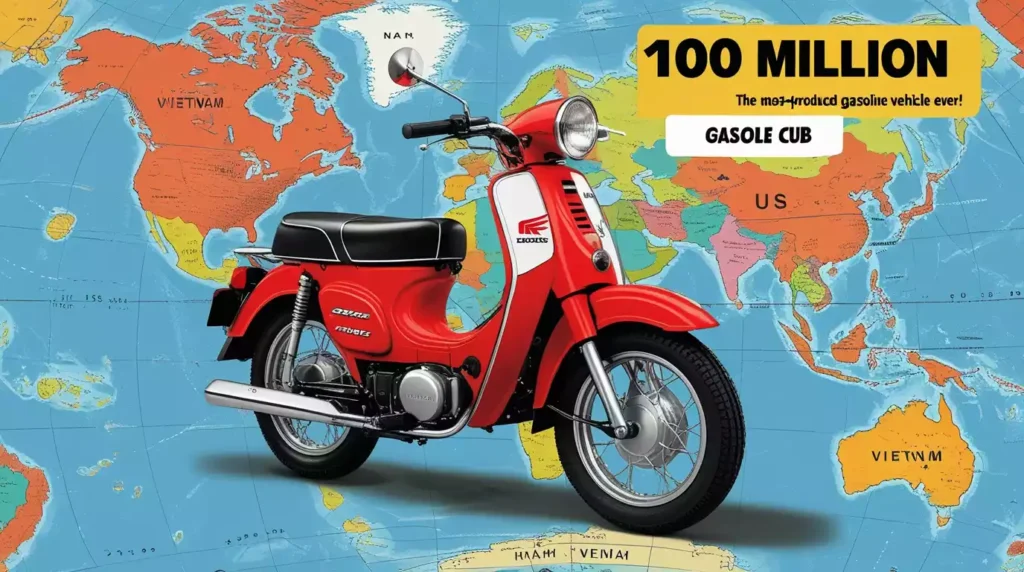
End of an Era: Honda Retires the 50cc Super Cub
As of May 2025, Honda will discontinue production of the 50cc Super Cub for the Japanese market. This once-ubiquitous vehicle has largely been replaced by electric bikes and scooters, and stricter emissions regulations have made the current model unsustainable. While this marks the end of a significant chapter, the Super Cub’s legacy remains firmly intact.
Also Read – These Iconic British Cars Are About to Vanish Forever
To appreciate its impact, consider another legendary vehicle: the rear-engine Volkswagen Beetle, which stopped reaching U.S. shores in 1979. Like the Beetle, the Super Cub’s production has slowed since its peak of nearly 3 million units in 1982, yet used models remain common in Japan and across the Far East. Their straightforward mechanics, affordability, and versatility ensure their continued popularity.
Additionally, the larger Super Cub 125 is still in production, and Honda’s miniMoto lineup—including the playful Grom—carries on the spirit of the original. As the saying goes, anyone tired of the Grom might just be tired of life.
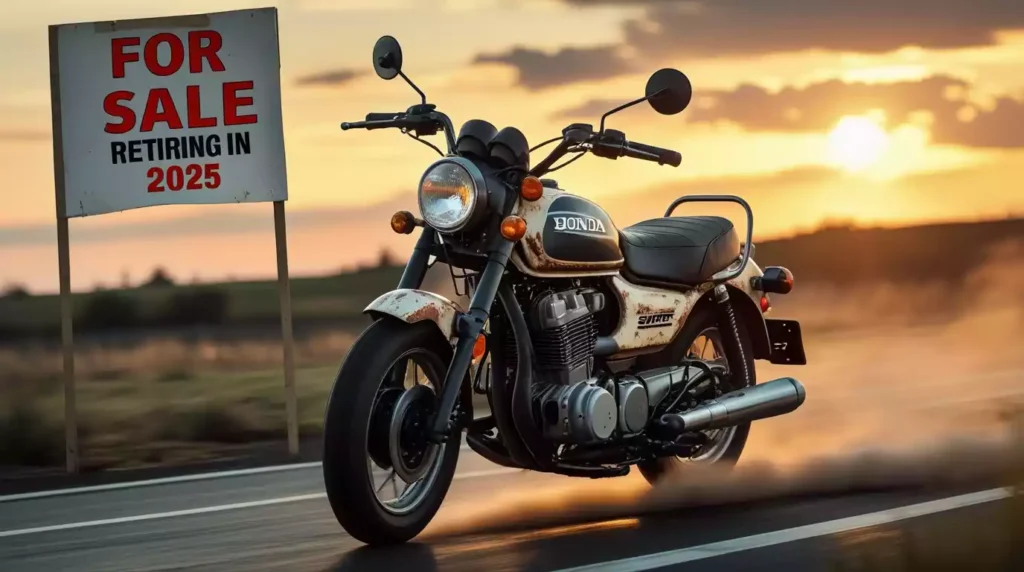
Waigaya: The Secret to Honda’s Innovation
Central to Honda’s success is its unique philosophy of “Waigaya.” Coined by Takeo Fujisawa, Soichiro Honda’s business-savvy partner, the term reflects lively, inclusive discussions where all ideas are welcome. These debates could become heated, with Soichiro Honda himself occasionally shouting “Baka-yaro!” (“stupid idiot”) or wielding a wrench to drive his point home. Yet this intense environment often led to groundbreaking innovation.
The development of the original Super Cub is a prime example of this dynamic. Fujisawa envisioned a motorcycle that delivery drivers could operate with one hand, rugged enough for Japan’s unpaved roads, and accessible to riders of all skill levels. He also demanded an engineering leap: a four-stroke engine that could deliver four times the horsepower of existing two-stroke 50cc engines. Initially focused on racing at events like the Isle of Man TT, Honda’s team eventually embraced Fujisawa’s ambitious vision. The result was transformative, comparable to the Ford Model T in its influence.
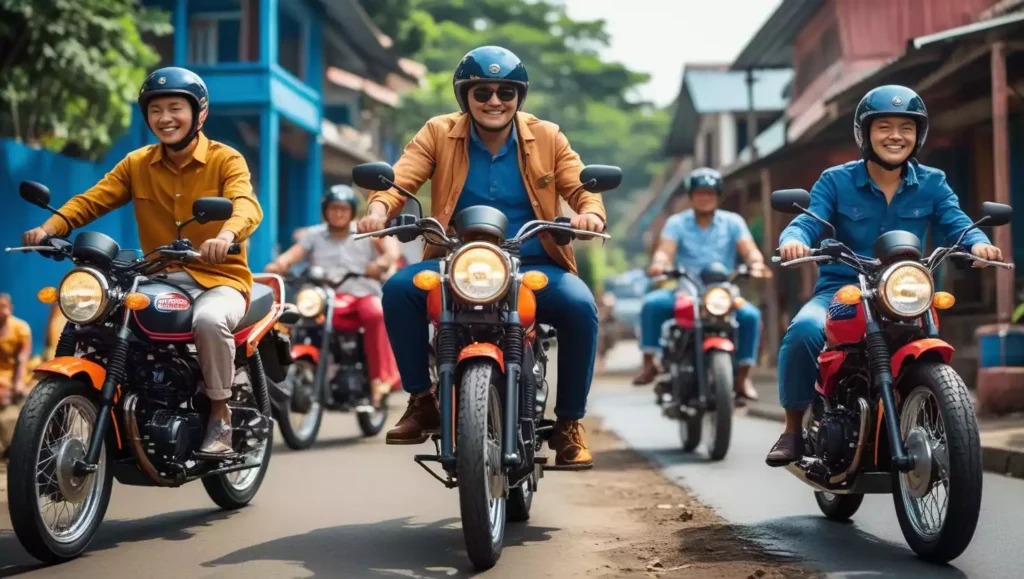
Breaking Ground: The Super Cub’s Revolutionary Design
The first Super Cub 50 featured a step-through frame, a 50cc engine capable of 9,500 rpm, a semi-automatic three-speed gearbox with a centrifugal clutch, and a plastic fairing to shield riders from wind and debris. Its 17-inch tires offered superior handling on varied terrain compared to the small wheels of contemporary scooters. The Super Cub was an instant success in Japan, capturing 60% of domestic motorcycle sales by its second year.
Fujisawa’s vision, however, extended far beyond Japan. At the time, the U.S. motorcycle market was small, with annual sales of just 60,000 units—far fewer than the 100,000 Super Cubs Honda had already sold in Japan. The Super Cub’s affordability (\$295 in 1963, around \$3,000 today) and approachable design made it an ideal choice for American consumers. Honda’s groundbreaking “You Meet the Nicest People on a Honda” campaign, created by Grey Advertising, redefined motorcycling’s image in the U.S. The campaign was so effective that Honda’s American president, Kihachiro Kawashima, occasionally helped deliver bikes himself to meet demand.
The Super Cub’s influence extended even further in Southeast Asia, where it became an integral part of daily life. Vietnam, for instance, received 750,000 units during the Vietnam War. Known as the “duck” in Indonesia and available in countless variations across Asia, the Super Cub adapted to diverse markets and needs. Its cultural impact was so profound that it inspired the Beach Boys’ song “Little Honda.”
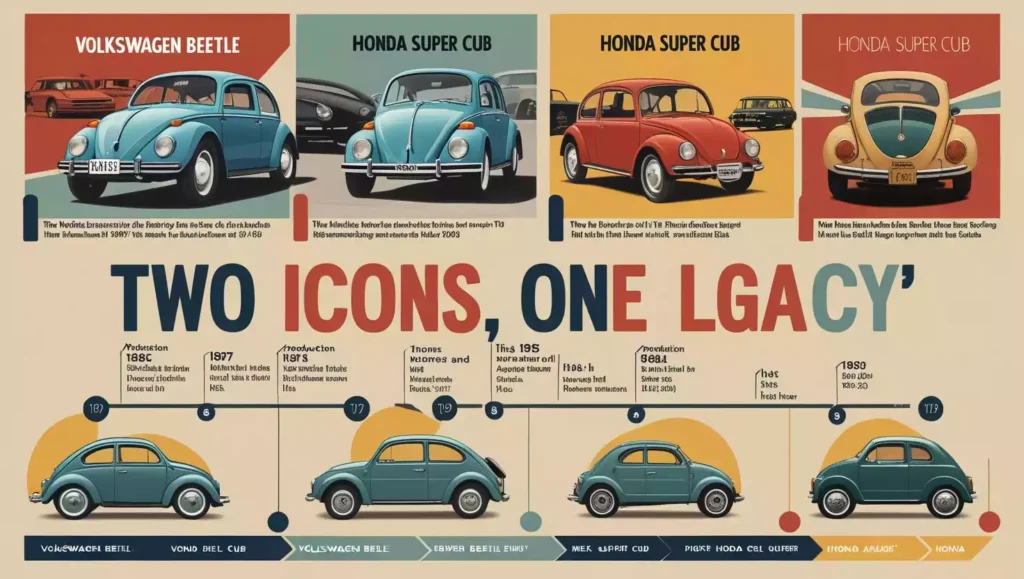
MiniMoto Lineup: Honda’s Modern Homage to the Super Cub
Today, the Super Cub’s classic design evokes nostalgia, but its legacy lives on in Honda’s miniMoto lineup, which includes the Grom, Monkey, Trail 125, and Navi. At just \$1,995, the Navi embodies the Super Cub’s original ethos: affordable, user-friendly, and endlessly fun. Durable and efficient, it offers riders a joyful connection to Honda’s storied history.
The Super Cub’s legacy is unparalleled. Born from Soichiro Honda’s relentless drive and Fujisawa’s visionary leadership, this small motorcycle transformed transportation in Asia and redefined motorcycling in America. Beyond its mechanical achievements, the Super Cub resonates deeply because it taps into a universal truth: when something moves us, we can’t help but love it.
